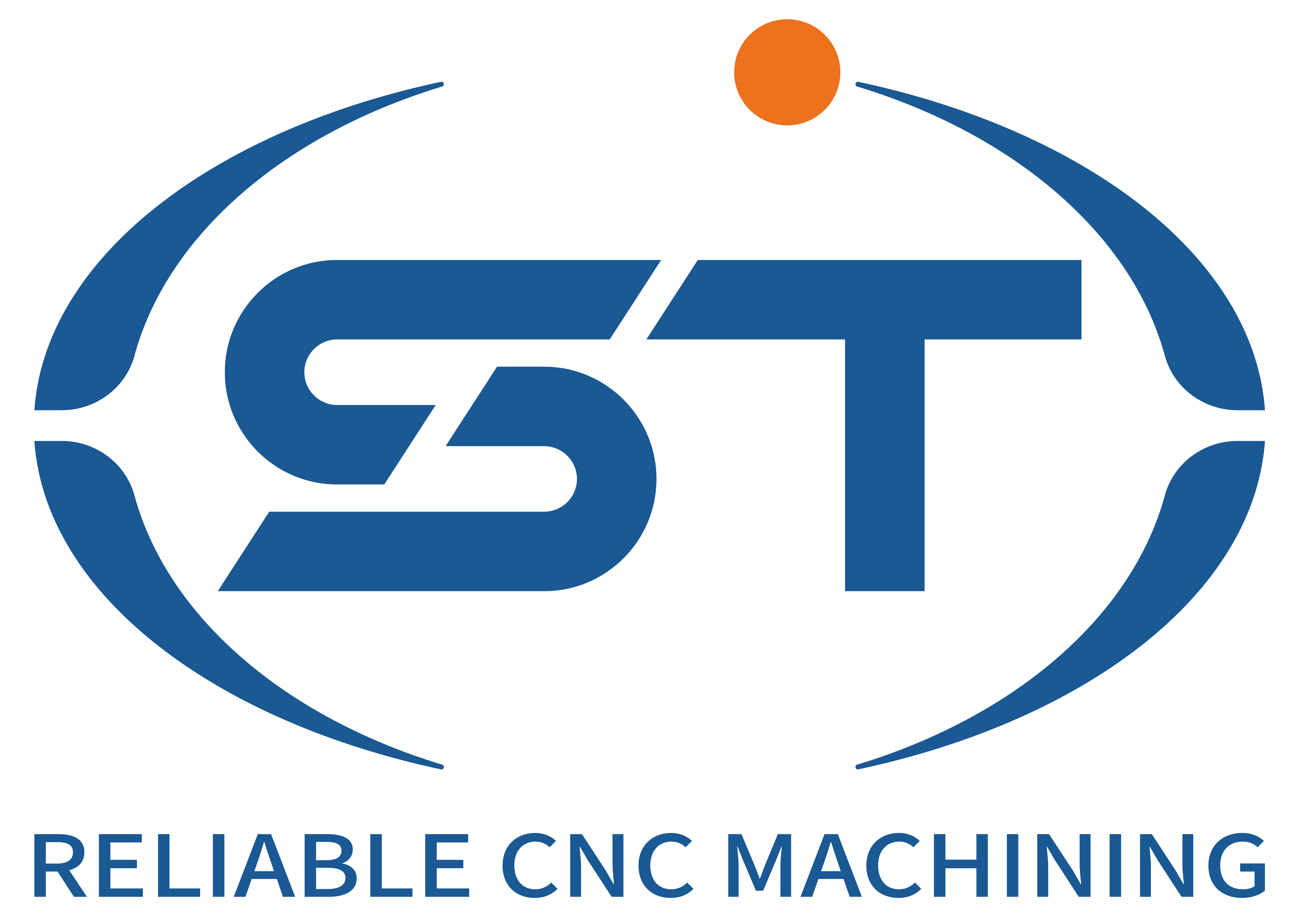Personnel Safety Training Strategies for Lavorazione CNC in Automotive Component Production
Effective safety training for workers in automotive CNC machining is essential to minimize risks associated with high-speed operations, automated tooling, and heavy material handling. From programming 5-axis mills for engine blocks to operating lathes for transmission shafts, employees must understand hazard recognition, equipment protocols, and emergency procedures. A structured training program tailored to automotive manufacturing environments ensures compliance with occupational safety standards while fostering a proactive safety culture. Below are key components of comprehensive personnel safety training for this sector.
1. Foundational Safety Awareness and Hazard Identification
- Machine-Specific Risk Assessments: Training sessions should begin with detailed walkthroughs of CNC equipment used in automotive part production, such as vertical milling centers for cylinder heads or horizontal lathes for axles. Employees learn to identify hazards like exposed rotating components, coolant splashes, or unsecured workpieces. For example, demonstrating how a loose chuck jaw on a lathe could eject a part during machining helps workers grasp the consequences of oversight.
- Personal Protective Equipment (PPE) Protocols: Hands-on workshops teach proper selection and use of PPE, including cut-resistant gloves for handling sharp chips, safety glasses with side shields for drilling operations, and steel-toed boots for moving heavy materials like cast iron engine blocks. Trainees practice adjusting respirators for tasks involving metal dust, such as grinding brake rotors, to ensure a secure fit.
- Ergonomic Best Practices: Employees engaged in repetitive tasks—like loading parts into robotic cells or programming control panels—receive training on posture, lifting techniques, and break scheduling. Simulations using adjustable-height workstations highlight how incorrect monitor placement can strain necks during long programming sessions for complex components like turbocharger housings.
2. Equipment Operation and Maintenance Safety Procedures
- Safe Startup and Shutdown Sequences: Operators learn step-by-step processes for powering on CNC mills, including verifying tool positions, coolant flow, and emergency stop functionality before initiating cycles. For example, training emphasizes checking that the spindle orientation matches the program when machining asymmetrical parts like steering knuckles to avoid collisions.
- Tool Installation and Inspection Routines: Workers practice using torque wrenches to secure collets and end mills, ensuring tools remain stable during high-speed cutting of aluminum engine blocks. Training includes visual checks for cracks or wear on drill bits used for fuel injector holes, with emphasis on replacing compromised tools immediately to prevent breakage.
- Preventive Maintenance Participation: Employees involved in daily equipment checks learn to identify early signs of wear, such as unusual vibrations in ballscrews or leaks in hydraulic systems on presses used for stamping brake components. Role-playing scenarios simulate reporting abnormalities to maintenance teams to reinforce timely intervention.
3. Emergency Response and Incident Management Training
- Emergency Stop Activation Drills: Regular simulations require trainees to locate and press red emergency stop buttons on CNC lathes or mills within seconds of observing hazards like tool ejection or coolant system failures. These drills are conducted during both active machining and setup phases to ensure muscle memory retention.
- Fire Safety and Extinguisher Use: Workers practice selecting the correct fire extinguisher type—such as Class D for metal fires near welding stations or CO2 for electrical fires in control panels—and using the PASS technique (Pull, Aim, Squeeze, Sweep). Training includes identifying fire hazards specific to automotive machining, like oil-soaked rags near grinding stations for axle components.
- First Aid for Common Injuries: Certified instructors teach basic first aid for cuts from sharp chips, burns from hot coolant, or strains from lifting heavy parts like differential housings. Trainees practice applying pressure bandages and immobilizing sprained joints using materials readily available in shop first aid kits.
4. Lockout/Tagout (LOTO) and Electrical Safety Protocols
- Energy Isolation Procedures: Employees learn to disconnect power sources—including main switches and subsystem circuits—before performing maintenance on CNC equipment. Training uses mock control panels to simulate locking out hydraulic presses used for forming suspension components, ensuring workers understand the importance of verifying zero energy states.
- Electrical Hazard Recognition: Sessions cover risks like exposed wiring in aging machines or water ingress near coolant pumps, with case studies analyzing accidents caused by bypassing grounding systems. Workers practice using voltage testers to confirm de-energization before touching electrical components on servo drives for 5-axis mills.
- Arc Flash Safety: For facilities with high-voltage systems, training includes selecting flame-resistant clothing and face shields when working near electrical cabinets. Employees learn to maintain safe distances during fault investigations on machines processing steel transmission cases, reducing burn risks from arc flashes.
5. Continuous Learning and Skill Reinforcement
- Quarterly Refresher Courses: Short, focused sessions update workers on new safety guidelines, such as revised PPE requirements for nanomaterial exposure in additive manufacturing labs or updated LOTO procedures for robotic cells handling lightweight aluminum components. These courses use quizzes to assess retention and address knowledge gaps.
- Peer-Led Safety Audits: Experienced operators conduct monthly walkthroughs of workstations, identifying unsafe practices like improper chip disposal near milling machines or unsecured ladders during part installations. Feedback is shared anonymously to encourage open dialogue without fear of reprisal.
- Near-Miss Reporting Systems: Employees are trained to document and analyze close calls—such as a dropped tool narrowly missing a colleague during lathe setup—using digital platforms. Root cause analyses from these reports inform targeted training modules, like improving tool caddy organization to prevent clutter near control panels.
By integrating these training elements into daily operations, automotive CNC machining facilities can create a workforce equipped to handle evolving safety challenges. Emphasizing practical skills, scenario-based learning, and continuous improvement ensures employees remain vigilant and competent in maintaining a hazard-free production environment.




